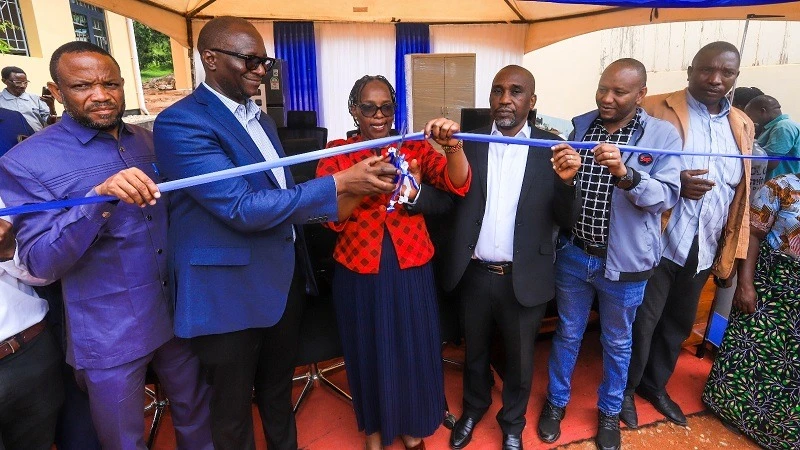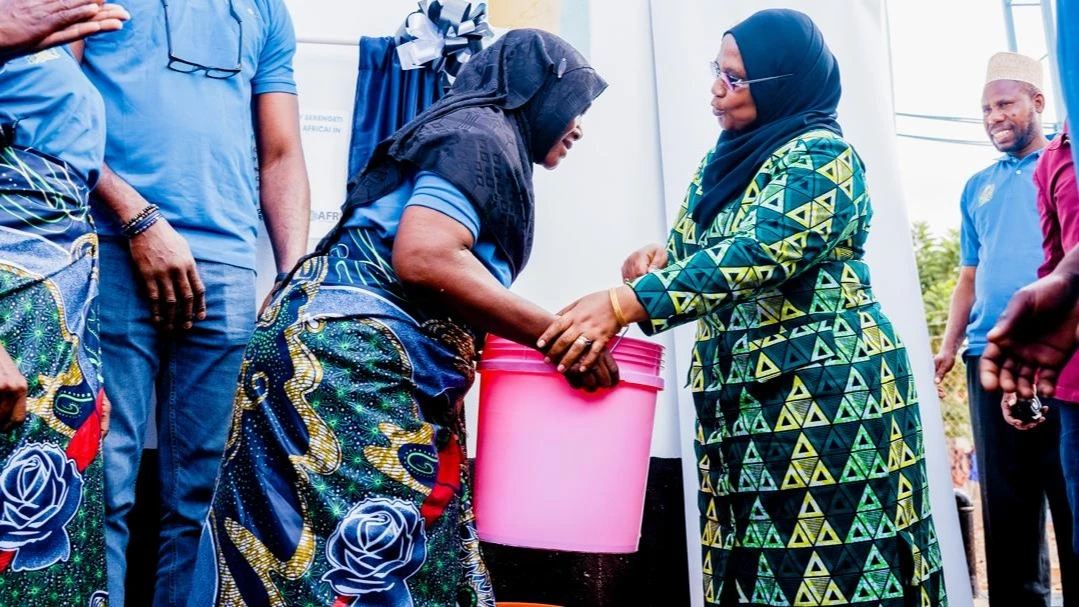NFRA warehouses to hold 3.0m crop tonnage by 2030

THE National Food Reserve Agency (NFRA) expects to boost its national grains storage capacity from the current 750,000 tonnes to an impressive 3.0m tonnes by 2030.
Dr Andrew Komba, the NFRA director general, stated that this expansion is a key component of the agency's broader strategy to boost its storage capacity, where an ambitious five-year project will significantly expand the grains storage capacity of its Mtanana warehouse in Dodoma Region.
Expansion work will be conducted from fiscal 2025/26 to 2030/31, to transform the facility in Kongwa District, a key maize-producing area, into a "centre of excellence for the storage of grains," he said in an exclusive interview.
"As per our plans, if all goes well, the implementation of works for the major facelift for the Mtanana warehouse will commence from the envisaged fiscal year, 2025/26 up to 2030/31," he said.
The upcoming project will specifically see the grain tonnage storage capacity at the strategic warehouse in the central zone increase tenfold, from its present 30,000 tonnes to a substantial 300,000 tonnes upon completion.
"The target is to enable adequate and professional collection and storage of maize, paddy and sorghum from farmers in the central zone corridor," he affirmed, elaborating that the agency is currently working to establish the precise costing plan for the vital project.
Beyond the Mtanana expansion, the agency is implementing diverse projects aimed at enlarging its warehouse network across the country. In the past financial year NFRA obtained 36.7bn/- to facilitate a major project for the construction of modern warehouses and renovating existing cereal storage facilities across its various centers, he explained.
This significant investment enabled the agency to elevate its grains reserve capacity from 365,000 tonnes to 750,000 tonnes, especially with the Ministry of Agriculture handing over additional warehouses to NFRA, he said.
The Tanzania Initiative for Preventing Aflatoxin Contamination (TANIPAC) has provided 19 warehouses, while the ministry handed over the maize processing plant and steel silos (LOT 2) in Mtanana to NFRA.
This 8.5bn/- worth processing facility was intended for the Tanzania National Inclusive Post-Harvest Agribusiness Support Project (TANIPAC), as part of the comprehensive post-harvest crop management centre at Mtanana, he specified.
Currently, NFRA operates 72 purchasing points across eight regions, namely Dodoma, Dar es Salaam (at Kipawa), Njombe (at Makambako), Songwe, Rukwa (at Sumbawanga), Manyara (at Babati), Shinyanga and Songea, he said.
The agency employs a multi-tiered purchasing approach, including buying grain in quantities of 2,000 tonnes or more from large-scale traders, and also acquiring produce from cooperative societies where farmers aggregate their output, he added.
Top Headlines
© 2025 IPPMEDIA.COM. ALL RIGHTS RESERVED






















